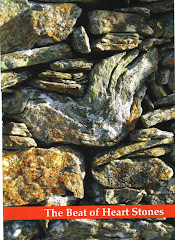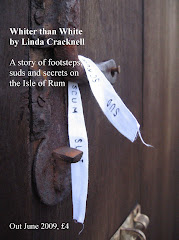
Story – Storovel – Novel
Margaret Atwood’s new book Moral Disorder is described as ‘A collection of ten stories that is almost a novel, or a novel broken up into ten stories’. At a recent reading in Edinburgh as part of her month-long Muriel Spark Fellowship, she spoke of it as a way of writing a novel without writing a novel or a way of writing stories without starting completely afresh each time. She suggested a name for the form, a ‘storovel’ or ‘entwined stories’.
My ears pricked up. OK, I’m not Margaret Atwood, but it made me feel less isolated in my novel-breaking exercise this year. I first tried to write a linear novel with a relentless forward narrative. But it didn’t come naturally to me. I am too attracted to small moments, to economy and obliqueness. So I have been rewriting it in ‘lapidary’ or cellular form. The pieces from different times and perspectives congregate to tell a story or stories that focus on a Perthshire woollen mill. I hope they will be cumulative in their meaning and effect as well as working individually. The story remains the same as my original effort, but the way of telling much more true to my way of writing. So far one of the stories has appeared in print (In and Out the Windows in Work, Polygon, 2006). But I wonder whether this approach will make such a ‘collection’ or ‘storovel’ more marketable?
Publishers are famously wary of short story collections, particularly from writers who focus exclusively on this form, rather than ‘growing up’ to write a novel. Many of the stories in my unpublished second short story collection A Searching Glance have been published individually or broadcast on BBC Radio. I presume somebody reads or listens to them. So is it really true that the market doesn’t exist for short stories?




No comments:
Post a Comment